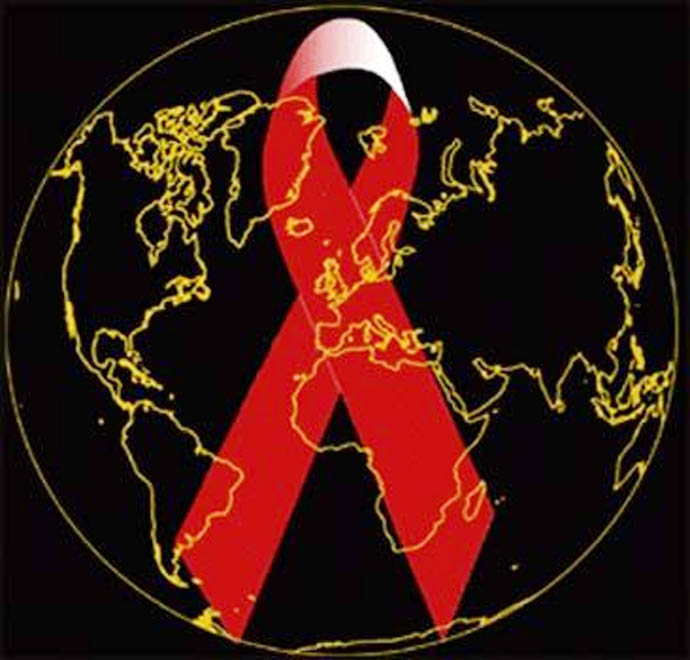The number of people living with HIV worldwide continued to grow in 2008, reaching an estimated 33. 4 million, the Joint United Nations Program on HIV/AIDS (UNAIDS) said on Tuesday, Xinhua reported.
The total number of people living with the virus in 2008 was more than 20 percent higher than the number in 2000, and the prevalence was roughly threefold higher than in 1990, the agency said in its 2009 AIDS Epidemic Update report.
The continuing rise in the population of people living with HIV reflects the combined effects of continued high rates of new HIV infections and the beneficial impact of antiretroviral therapy which makes people live longer, according to the report, which was jointly launched by UNAIDS and the World Health Organization (WHO).
In 2008, an estimated 2.7 million new HIV infections occurred worldwide, and about 2 million people died of AIDS-related illnesses, the report said.
According to the latest epidemiological data, globally the spread of HIV appears to have peaked in 1996, when 3.5 million new HIV infections occurred. In 2008, the estimated number of new HIV infections was approximately 30 percent lower than at the epidemic 's peak 12 years earlier.
In 2008 there were some 22.4 million people living with HIV in sub-Saharan Africa, the region most affected by the disease. New infections in the region was about 1.9 million, approximately 15 percent lower than the figure in 2001, when the UN Declaration of Commitment on HIV/AIDS was signed, UNAIDS said.
In East Asia, HIV incidence has declined by nearly 25 percent and in South and South East Asia by 10 percent in the period 2001- 2008. In Eastern Europe, after a dramatic increase in new infections among injecting drug users, the epidemic has leveled off considerably.
"The good news is that we have evidence that the declines we are seeing are due, at least in part, to HIV prevention," said UNAIDS Executive Director Michel Sidibe.
According to the report, the number of AIDS-related deaths has declined by more than 10 percent over the past five years as more people gained access to the life saving treatment. UNAIDS and WHO estimate that since the availability of effective treatment in 1996, some 2.9 million lives have been saved.
"International and national investment in HIV treatment scale- up has yielded concrete and measurable results. We cannot let this momentum wane," said WHO Director-general Margaret Chan.
"Now is the time to redouble our efforts, and save many more lives," she added.






